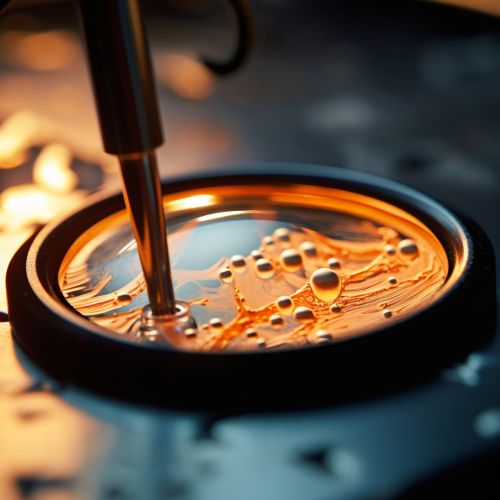Preimplantation genetic diagnosis
Overview
Preimplantation genetic diagnosis (PGD) is a procedure used prior to implantation to help identify genetic defects within embryos. This serves to prevent certain genetic diseases or disorders from being passed on to the child. The embryos used in PGD are usually created during the process of in vitro fertilisation (IVF).


Procedure
The process of PGD begins with the normal process of IVF that includes egg retrieval and fertilization in a laboratory. Over the next three to five days, the embryos grow in the laboratory until they reach the blastocyst stage of development that contains approximately 100 cells.
Some cells are removed from each embryo and then tested for specific genetic conditions. The embryo deemed free of genetic problems is transferred to the uterus. Any additional embryos that are free of genetic problems can be frozen for future use, while embryos with genetic abnormalities are destroyed.
Genetic Disorders Detected by PGD
PGD has been used to screen for different types of genetic disorders such as Down syndrome, cystic fibrosis, sickle cell anemia, Tay-Sachs disease, and Huntington's disease.
Benefits of PGD
The main benefit of PGD is that it allows people with serious inherited disorders the chance to have a child who is free from the disease. This is particularly useful for couples who have a family history of a genetic disorder.
Risks and Ethical Considerations
Like all medical procedures, PGD comes with its own set of risks. These include a small risk of damage to the embryos during the cell removal process and the possibility that not all of the embryos will develop normally after the procedure.
There are also a number of ethical issues associated with PGD. These include the potential for sex selection, the destruction of embryos with genetic disorders, and the possibility of designing babies with specific traits.
